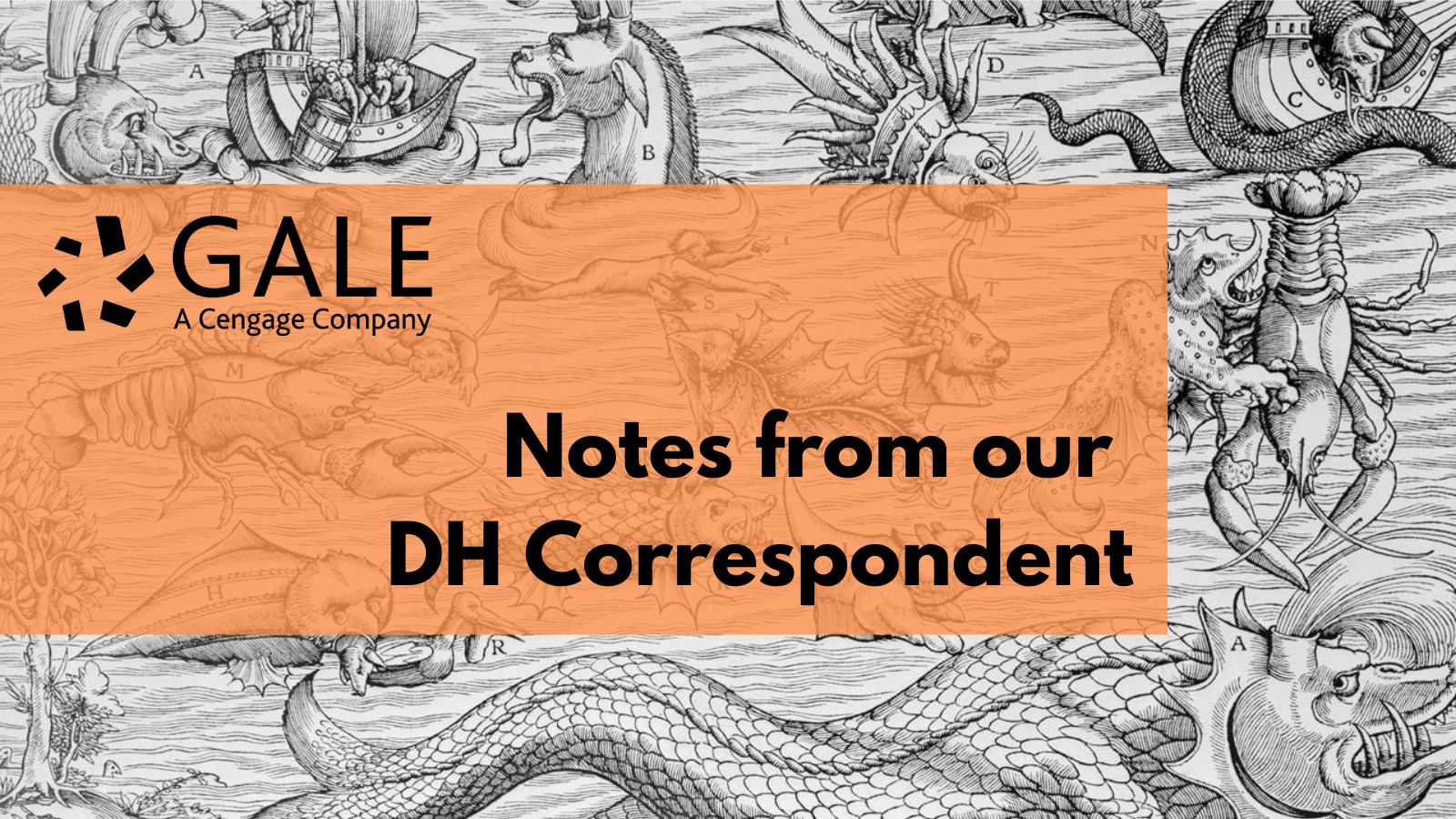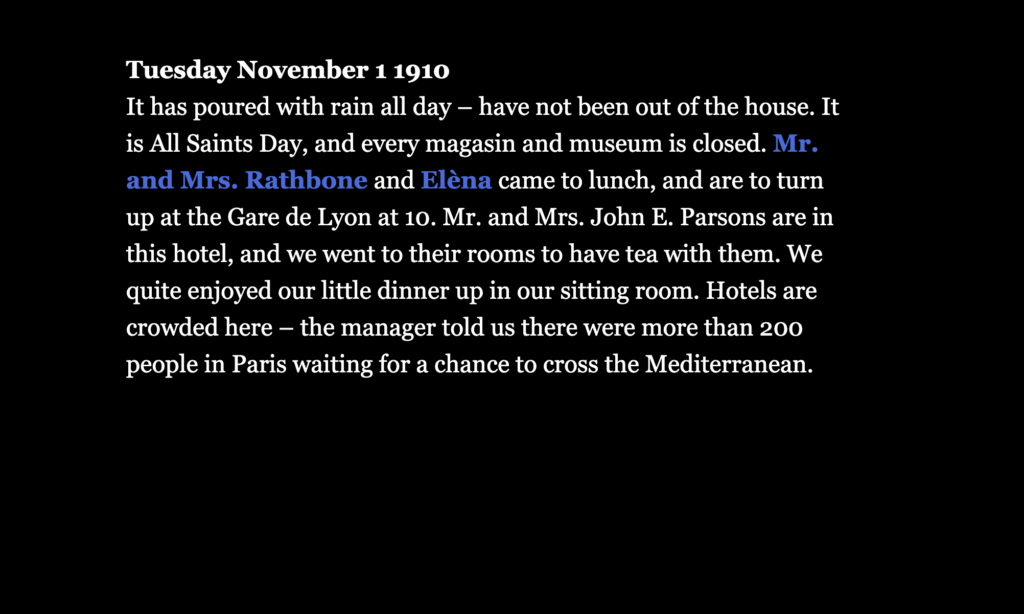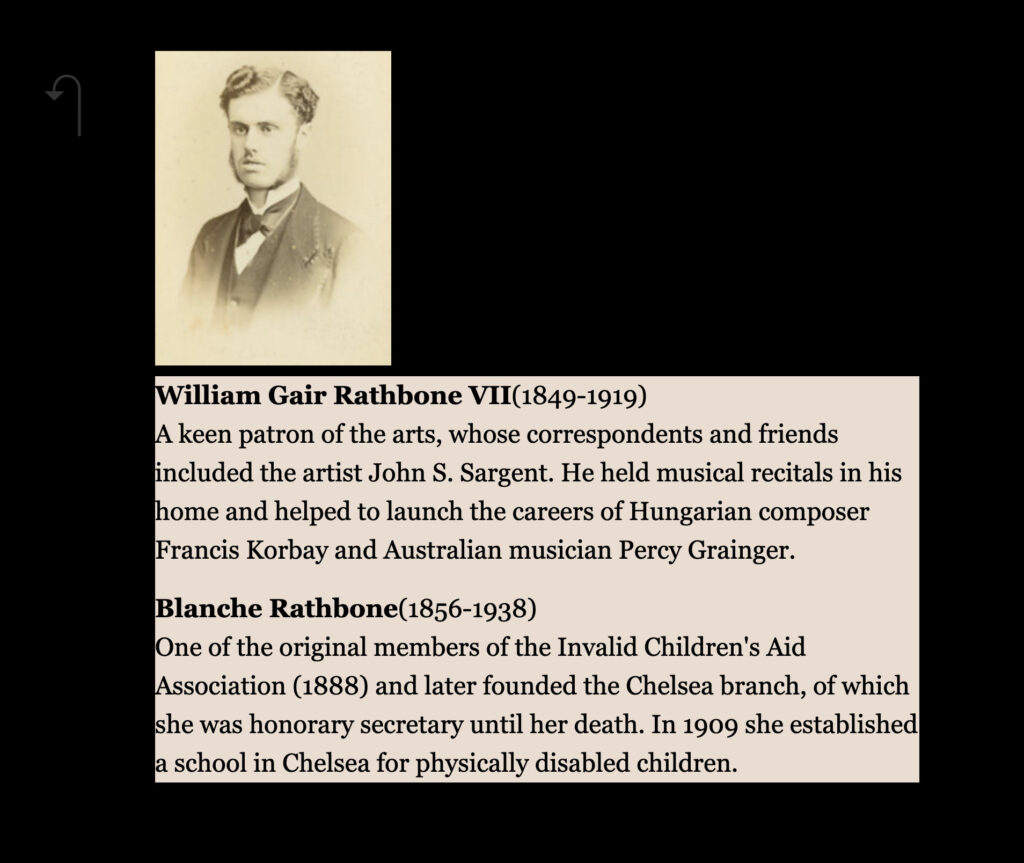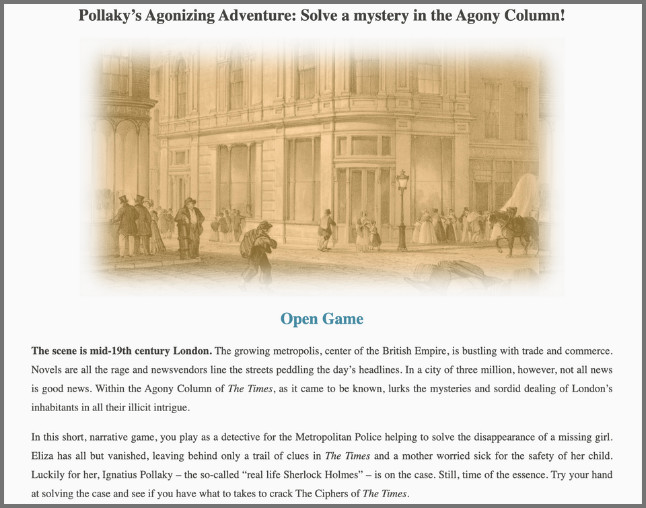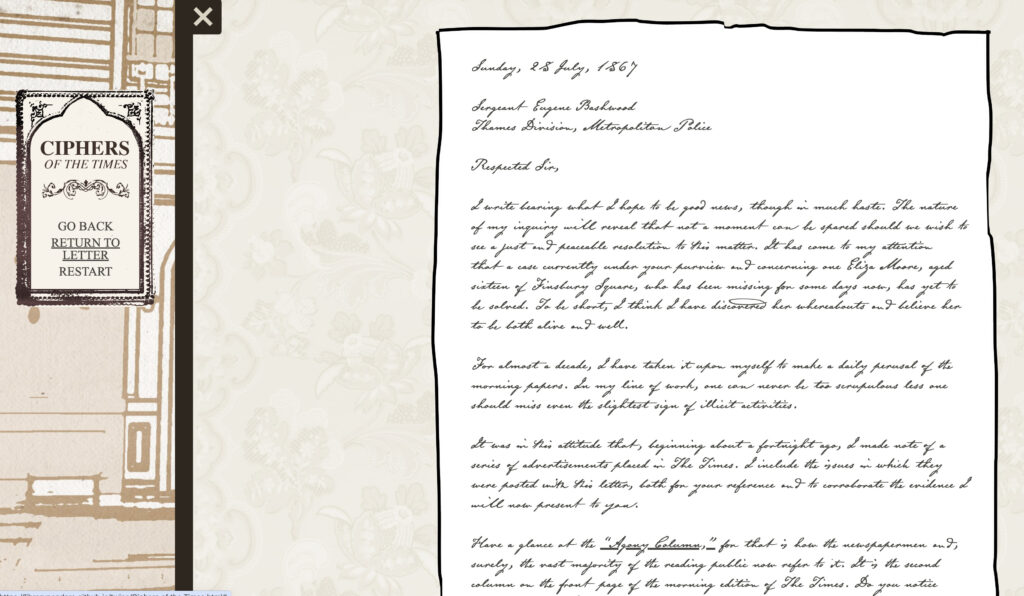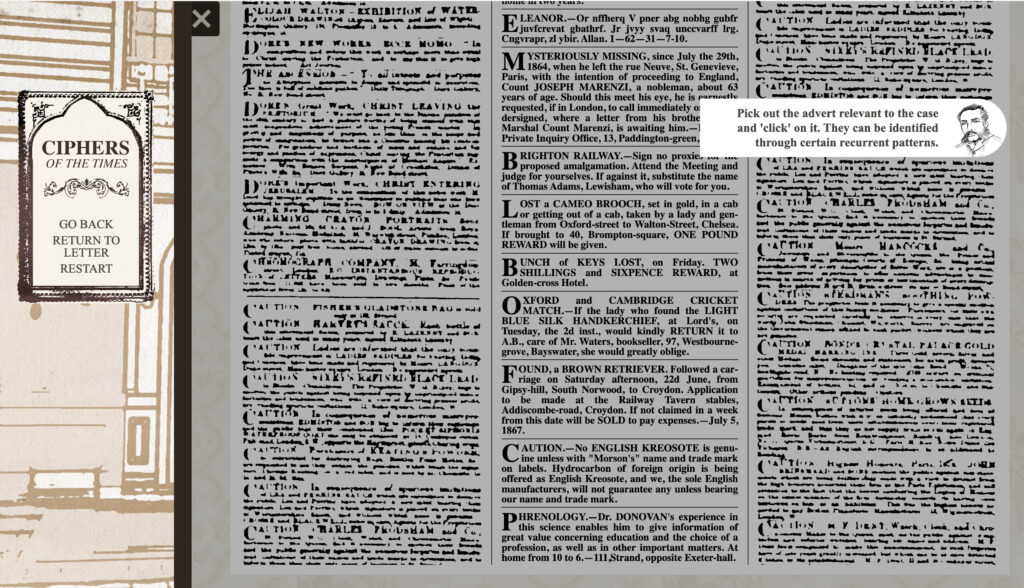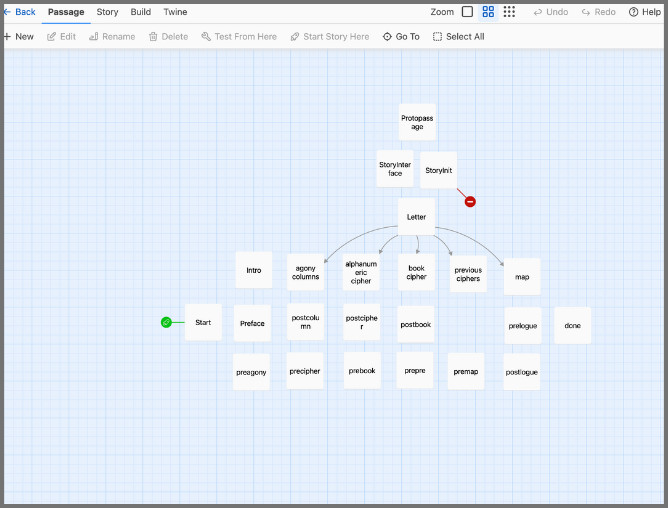│By Sarah L. Ketchley, Senior Digital Humanities Specialist│
The Digital Humanities Summer Institute, at the University of Victoria, BC, has taken place every June since 2001. The intensive week of workshops, lectures, papers and social gatherings has a long history of active engagement in learning, conversation and discussions of research and methodologies.
I have had the opportunity to attend each year since 2011 and have participated in 5-day workshops on topics ranging from text encoding, digital project management, mapping, data visualization, IIIF viewers, python programming, cloud computing and DH for department chairs and deans. As an academic with an active research agenda and regular engagement in both undergraduate and graduate classrooms, I have come to greatly value the in-depth and diverse conversations taking place during the week, and 2024 has been no exception.
Slow Scholarship
The 2024 workshop I participated in provided a timely exploration of ‘Critical Making, or Slow Scholarship in the Age of AI’. Classroom discussions focused on developing a ‘critical AI literacy’ which included reflecting on a range of tools, to reject, supplement, extend and critique them as appropriate.
This blog post will focus on one such tool, Twine, used in class to craft simple interactive narratives on a passage-by-passage basis. These born-digital essays, often framed as games, resist the ‘flattening’ that takes place with traditional paper or longer-form essays and have the potential to be used as a non-traditional assignment option in the DH classroom for exploring archival material or historical events.
The classroom instructors framed the process of critical making as ‘playful, experiential, public, interactive, and weird’ which is an excellent starting point for generating student interest and engagement. The process of creating simple interactive narratives in the digital humanities classroom can be incorporated into the content-gathering, curation and analysis workflow as a final product.
What’s Twine?
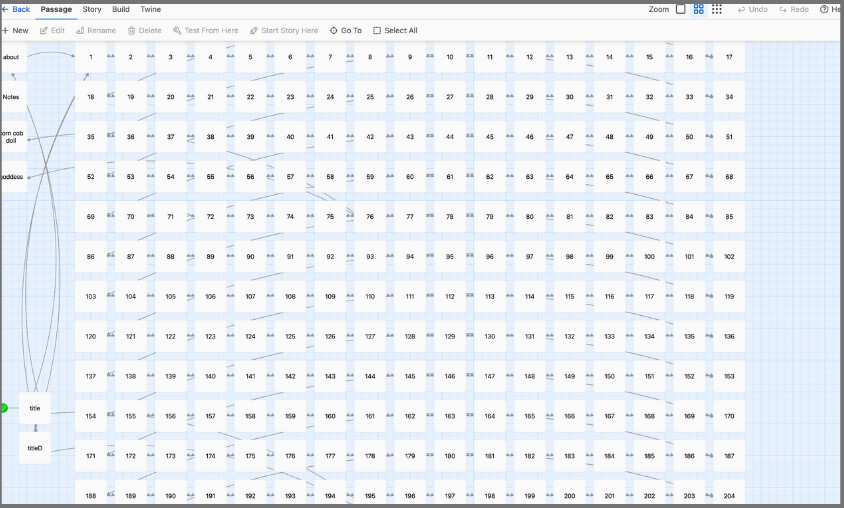
Twine, a free, open-source tool for creating interactive, nonlinear stories, was developed by Chris Klimas in 2009. It’s a good platform to use for text-based storytelling, for following branching narratives, and for web-based publishing. It has grown significantly, maintained by a community of developers and supported by the Interactive Fiction Technology Foundation (IFTF).
Twine stands out because it does not require users to write code, making it accessible to those without programming skills. In this sense, it aligns well with the experience new users have in Gale Digital Scholar Lab, which is also a no-code environment. However, Twine also allows more advanced users to incorporate variables, conditional logic, images, CSS, and JavaScript, thereby expanding its versatility and creative potential.
Twine is comparable to other platforms like HyperCard, Storyspace, and Flash, highlighting its significance not just in its technical aspects but also in its cultural and communal impact. Twine’s communal nature, with contributions from forums, mailing lists, and code databases, positions it as a project that thrives on user participation and collaboration.
Resources for Getting Set Up, and Twine Inspiration
Twine has an excellent tool documentation and an active community contributing to the conversation. The Twine Reference Guide and the Twine Cookbook are good places to start to get the practicalities in order.
For inspiration, itch.io hosts over 8000 Twine games and stories.
For classroom use, Anastasia Salter and Stuart Moulthrop’s book Twining: Critical and Creative Approaches to Hypertext Narratives (Amherst, Massachusetts: Amherst College Press, 2021) offers a critical and theoretical introduction to the platform.
The Programming Historian offers a tutorial on getting started on the platform, Interactive Fiction in the Humanities Classroom, covering the basics of setup in an accessible, step-by-step format.
Twine and Historical Primary Sources
My goal in the DHSI workshop was to explore alternate formats for representing historical narratives, using primary source documents as a starting point. My initial forays into interactive story-building focused on a series of diary entries from a nineteenth century travel journal. I represented each daily record as a hypertext narrative with links to people and places of significance who were mentioned in the text.
Structuring the navigation through a series of interconnected passages prompted me to think about connections within the text – dates, volumes, people, places – and how to best represent this information as a textual map. I focused less on the content, and more on making meaningful connections between the data points to create a worthwhile user experience, while also viewing my primary sources through micro- and macro-lenses.
Twine and Gale Primary Sources
Professor Nathalie Cooke and her student team at McGill University have created an interactive Twine narrative, Ciphers of the Times, to introduce readers to Agony Columns in The Times newspaper. The game prompts the user to don the guise of a Victorian detective and navigate through a series of riddle challenges. One choice leads to another, and the hope is that the reader will solve the mystery while learning about a little-known historical nugget from an extensive newspaper archive.
The structure of the project’s backend gives insight into the linking methods between each passage of text, from the start page through a series of introductory cards, then into the riddles themselves. As an open-source environment, Twine provides a valuable opportunity to consider scholarship through the lens of narrative connections: the scholar/author’s thought process is made plain when exploring the map, offering further analytic insights to the user.
Twine, Pedagogy and Gale Digital Scholar Lab
Working with Gale Digital Scholar Lab presents an opportunity for researchers and students to gain research insights into content sets of primary source documents, through the process of analysis and visualization. In the classroom, the outcome of this work can be presented in a variety of ways – the traditional essay, or in an online repository of information, such as a digital exhibit or project submission to the Gale Research Showcase.
In my own classroom, I have asked students to construct interactive narratives documenting the development of their research argument and analytic process using StorymapJS, but a similar pathway could usefully be created using Twine. For example, a student could work with one of the datasets available in the Lab, each of which focuses on a discrete topic and represents a bite-sized collection of primary source documents.
The process of familiarization with data and development of a research question creates a critical understanding of historical material, while planning an interconnected narrative to present project outcomes encourages students to take a birds-eye view of their topic while developing essential technical proficiencies. Developing an interactive essay offers an opportunity for hands-on engagement in classrooms in any discipline.
Watch this space for Twine lesson plans and narratives based on Gale Primary Sources archives!

